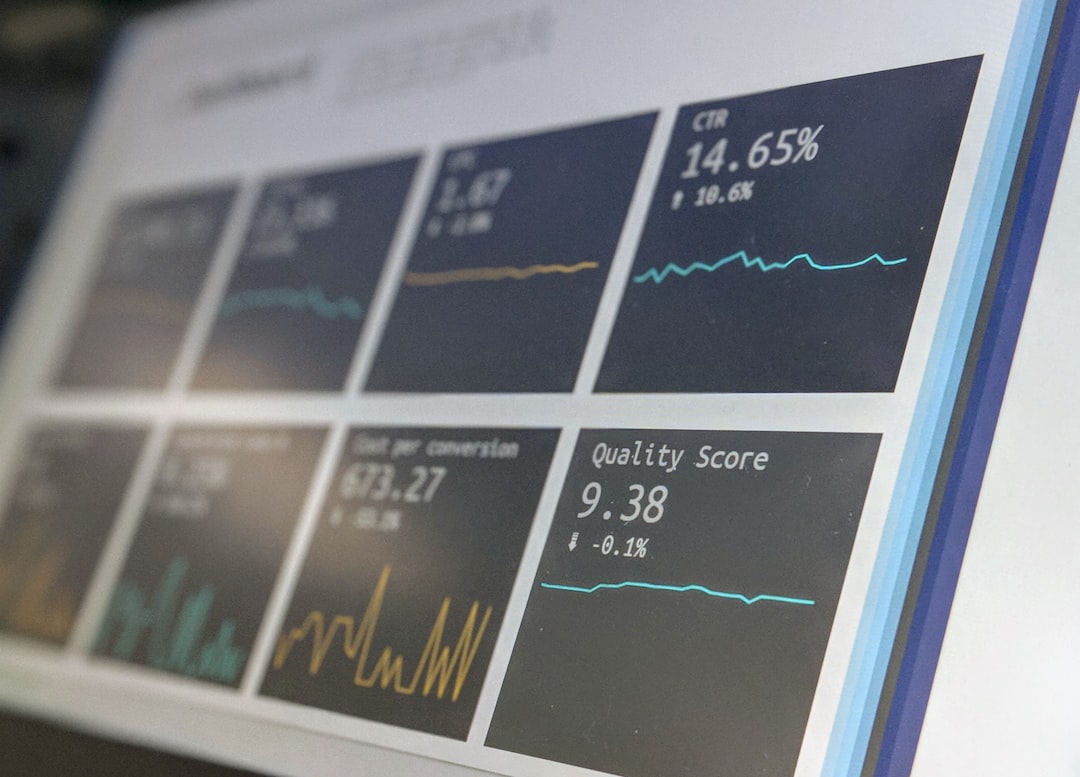Unlocking First Click Attribution: A Step-by-Step Guide with BigQuery and GA 4 Raw Data
In the world of digital marketing, understanding the customer journey is crucial for optimizing campaigns and maximizing ROI. One of the most effective ways to gain insights into this journey is through attribution modeling. First click attribution, in particular, helps you identify the initial touchpoint that leads to a conversion. By leveraging BigQuery and Google Analytics 4 (GA 4) raw data, you can build a robust first click attribution model that provides actionable insights.
Introduction to First Click Attribution
First click attribution gives credit to the first interaction a user has with your brand before converting. This model is particularly useful for understanding the effectiveness of your initial marketing efforts and identifying which channels or campaigns are driving the most awareness.
Why Use BigQuery and GA 4?
BigQuery is a powerful, serverless data warehouse that allows you to analyze large datasets quickly and efficiently. GA 4, on the other hand, provides detailed user interaction data that can be exported to BigQuery for advanced analysis. Together, these tools offer a comprehensive solution for building a first click attribution model.
Setting Up Your Environment
Before diving into the technical details, ensure you have the following:
- A Google Cloud Platform (GCP) account with BigQuery enabled.
- A GA 4 property set up and linked to BigQuery.
- Basic knowledge of SQL and Python.
Exporting GA 4 Data to BigQuery
To start, you need to export your GA 4 data to BigQuery. This can be done through the GA 4 interface:
- Go to your GA 4 property.
- Navigate to Admin > Data Streams.
- Select the data stream you want to export.
- Click on ‘BigQuery Linking’ and follow the prompts to link your GA 4 property to BigQuery.
Building the First Click Attribution Model
Once your data is in BigQuery, you can start building your first click attribution model. Here’s a step-by-step guide:
Step 1: Identify the First Click
First, you need to identify the first interaction for each user. This can be done by querying the GA 4 data to find the earliest event for each user.
WITH first_clicks AS (
SELECT
user_pseudo_id,
MIN(event_timestamp) AS first_click_timestamp
FROM
`your_project.your_dataset.events_*`
GROUP BY
user_pseudo_id
)
SELECT
fc.user_pseudo_id,
fc.first_click_timestamp,
e.event_name,
e.event_timestamp
FROM
first_clicks fc
JOIN
`your_project.your_dataset.events_*` e
ON
fc.user_pseudo_id = e.user_pseudo_id
WHERE
e.event_timestamp = fc.first_click_timestamp
Step 2: Aggregate Data
Next, aggregate the data to understand the distribution of first clicks across different channels and campaigns.
SELECT
channel,
COUNT(DISTINCT user_pseudo_id) AS first_clicks
FROM
first_clicks
GROUP BY
channel
ORDER BY
first_clicks DESC
Step 3: Analyze and Visualize
Finally, analyze the aggregated data to identify trends and insights. You can use tools like Google Data Studio or Tableau to visualize the data and create reports.
Best Practices and Tips
Here are some best practices to keep in mind:
- Regularly update your data to ensure your model is current.
- Use filters to exclude irrelevant data, such as internal traffic or bot activity.
- Combine first click attribution with other models for a holistic view of your marketing efforts.
Conclusion
Building a first click attribution model with BigQuery and GA 4 raw data provides valuable insights into your marketing efforts. By understanding the initial touchpoints that lead to conversions, you can optimize your campaigns and improve your ROI. With the steps outlined in this guide, you’re well on your way to unlocking the power of first click attribution.
For further reading, check out these resources:
